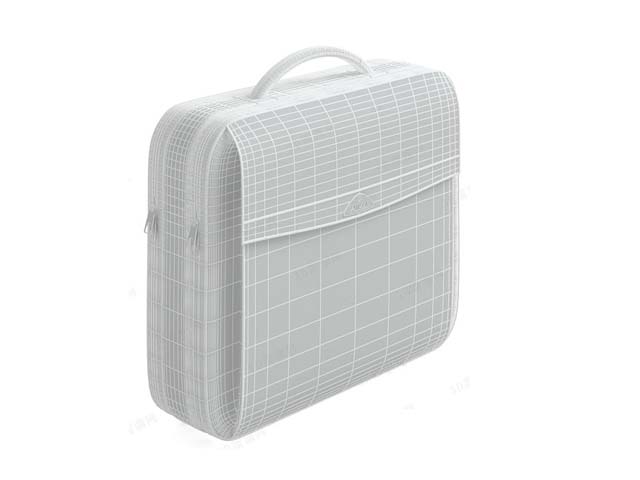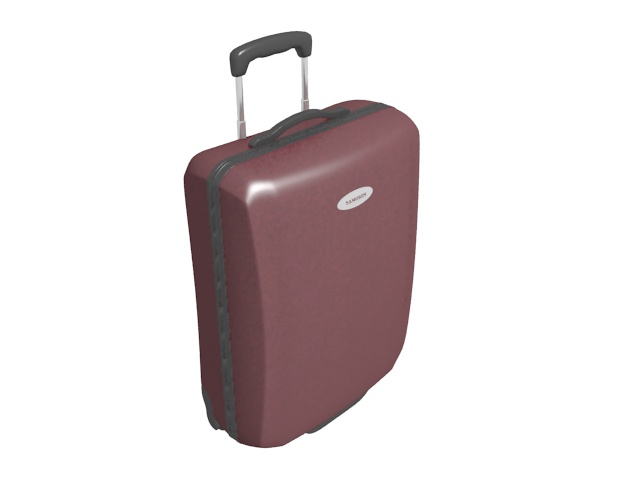

#FREE SUITCASE 3D MODEL PLUS#
Peter Zelinski, the editor-in-chief of Additive Manufacturing magazine, pointed out in 2017 that the terms are still often synonymous in casual usage, but some manufacturing industry experts are trying to make a distinction whereby additive manufacturing comprises 3D printing plus other technologies or other aspects of a manufacturing process.

3D printing and additive manufacturing reflect that the technologies share the theme of material addition or joining throughout a 3D work envelope under automated control. Until recently, the term 3D printing has been associated with machines low in price or in capability. Inkjets were single nozzle at the start they may now have as many as thousands of nozzles for printing in each pass over a surface.īy the early 2010s, the terms 3D printing and additive manufacturing evolved senses in which they were alternate umbrella terms for additive technologies, one being used in popular language by consumer-maker communities and the media, and the other used more formally by industrial end-use part producers, machine manufacturers, and global technical standards organizations. Continuous Inkjet later evolved to On-Demand or Drop-On-Demand Inkjet. As late as the 1970s the term recorder was associated with inkjet. The earliest inkjets were used as recorders and not printers.

Inkjet was the least familiar technology even though it was invented in 1950 and poorly understood because of its complex nature. The term 3D printing still referred only to the polymer technologies in most minds, and the term AM was more likely to be used in metalworking and end-use part production contexts than among polymer, inkjet, or stereolithography enthusiasts. In contrast, the term subtractive manufacturing appeared as a retronym for the large family of machining processes with material removal as their common process. The umbrella term additive manufacturing (AM) gained popularity in the 2000s, inspired by the theme of material being added together ( in any of various ways). 5.7 Cultural heritage and museum-based digital twin.Fused deposition modeling (FDM), which uses a continuous filament of a thermoplastic material, is the most common 3D printing process in use as of 2020. One of the key advantages of 3D printing is the ability to produce very complex shapes or geometries that would be otherwise impossible to construct by hand, including hollow parts or parts with internal truss structures to reduce weight. As of 2019, the precision, repeatability, and material range of 3D printing have increased to the point that some 3D printing processes are considered viable as an industrial-production technology, whereby the term additive manufacturing can be used synonymously with 3D printing. In the 1980s, 3D printing techniques were considered suitable only for the production of functional or aesthetic prototypes, and a more appropriate term for it at the time was rapid prototyping. The term "3D printing" can refer to a variety of processes in which material is deposited, joined or solidified under computer control to create a three-dimensional object, with material being added together (such as plastics, liquids or powder grains being fused together), typically layer by layer. 3D printing, or additive manufacturing, is the construction of a three-dimensional object from a CAD model or a digital 3D model.


 0 kommentar(er)
0 kommentar(er)
